GC survey: 10% of 16-17 year olds claim gambling ads influenced their spending

The survey by 2CV asked 962 people, aged between 16 and 25, about gambling. Of this total, 644 were classed as gamblers, though this included taking part in social “gambling-style games”, arcade games such as claw machines and private bets with friends.
It then used the problem gambling severity index (PGSI), and a number of other questions, to determine statements that correlate most with being at risk of gambling harm.
It found that the greatest correlations were with statements about friends gambling, with “My friends encourage me to gamble more money” the statement most associated with higher levels of risk, followed by “My friends encourage me to gamble more often” and “My friends gamble more than the average person”.
The survey found that while only 11% of those with no or low risk of gambling harm said their friends gamble at above-average rates, 41% of those at medium risk or greater agreed with the statement.
The report also suggested that family members can have a high level of influence on gambling activities, with a number of statements about family gambling also showing higher levels of correlation. However, statements about family members forbidding gambling or being strongly opposed to it did not correlate with lower risk levels.
Statements about seeing more marketing had lower levels of correlation with gambling risk levels, with the exception of those saying they followed a number of operators on social media.
The survey also asked young people which games they had played while underage. 34% said they had played scratchcards before turning 16, while 15% said they had played National lottery draws.
Meanwhile, 18% said they had played in-person bingo while under 18, 13% said they had played fruit or slot machines and 9% each said the had played online bingo, bet on sports and played online slots.
However, 2CV noted that “respondents’ interpretation of the questions varied,” with some possibly referring to bingo-style games played at school or other activities that were legal.
The survey also asked the 267 16-17 year-olds in the sample about their exposure to gambling marketing. It found that 41% said they see “lots” of gambling advertising, with 32% saying that gambling businesses tend to advertise more than other businesses.
In total, 10% of 16-17 year olds in the sample said they spent more money than they intended because of gambling advertising.
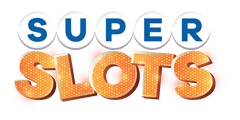






.jpg)
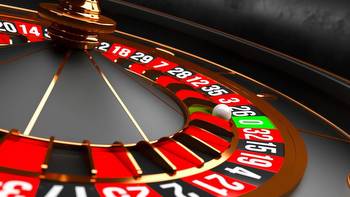


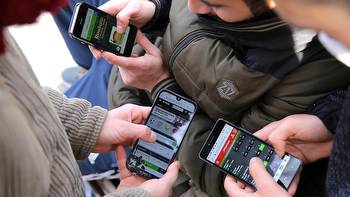
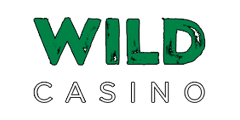

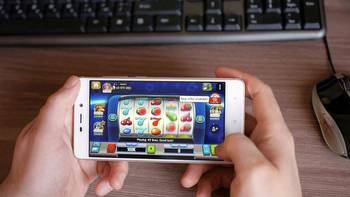
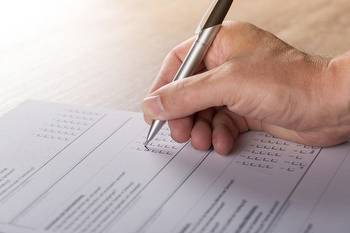


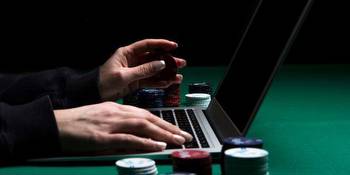
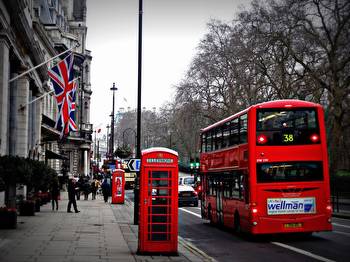


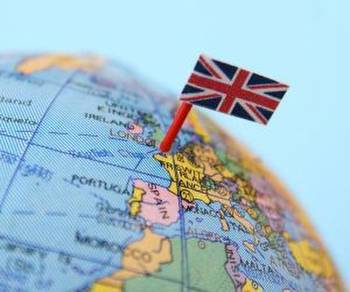
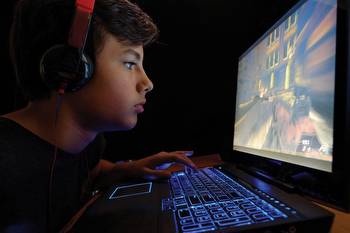
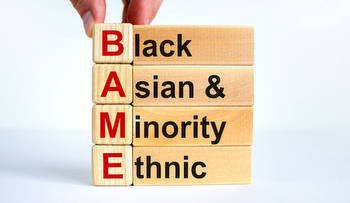
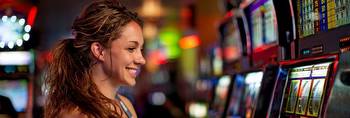

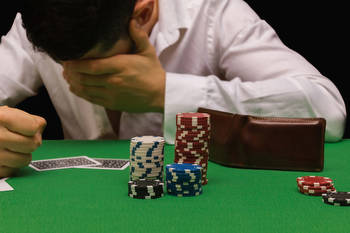
.jpg)



